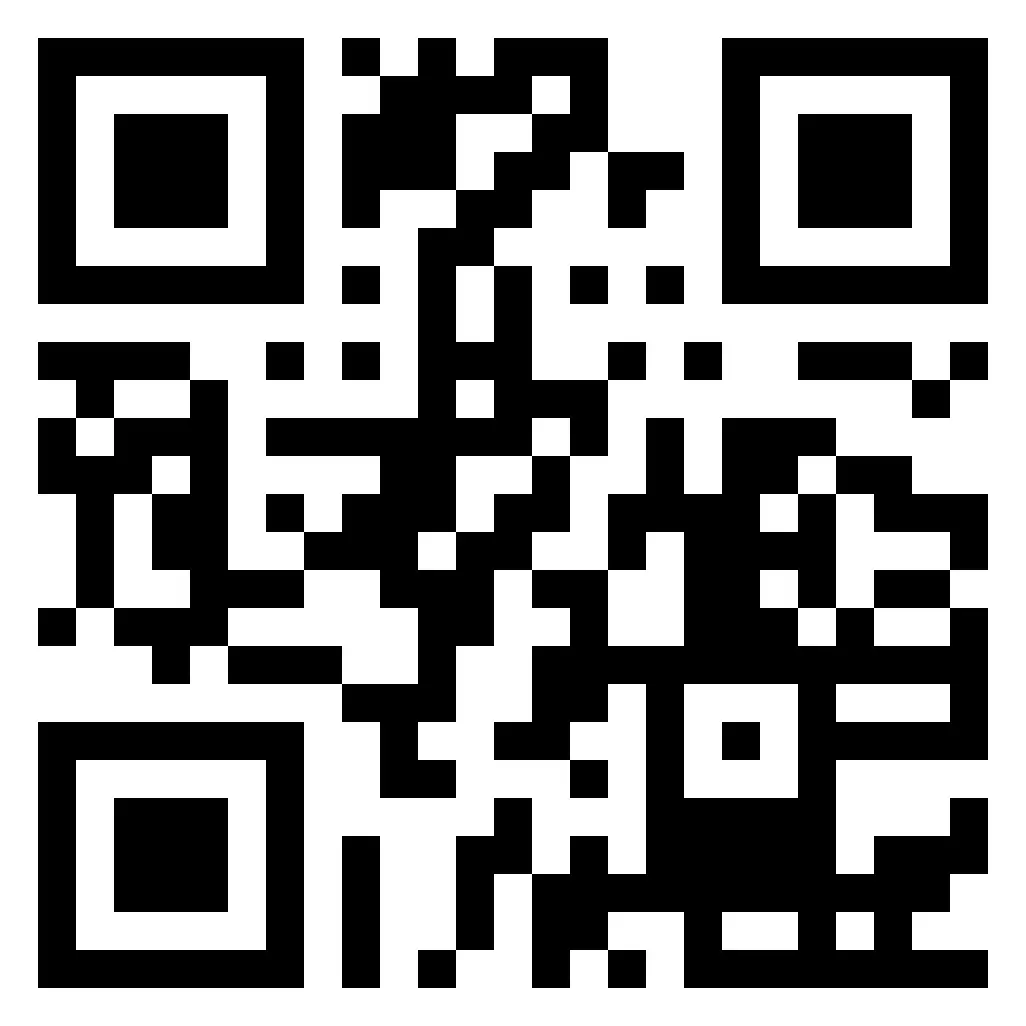Assessing Registries To Support Drug Regulatory Decision-Making

The pharmaceutical research and development (R&D) realm is a fascinating and complex journey transforming groundbreaking biomedical research into life-changing medications. This odyssey involves meticulous steps, from the inception of an idea to the market release of a safe and effective drug. In this comprehensive guide, we will unravel the intricacies of the drug development and drug approval process. The intention is to explore the key elements. This includes pharmacovigilance, clinical trial phases, regulatory affairs, biomedical research, drug development, and clinical research methods.
Biomedical Research: The Genesis of Drug Development
At the heart of drug development lies biomedical research. This phase involves identifying potential drug targets by deeply understanding diseases and their underlying mechanisms. Researchers explore molecular pathways, conduct in vitro experiments, and utilize preclinical models to validate hypotheses. The success of drug development often hinges on the robustness of this initial research, laying the foundation for future clinical endeavors.
Clinical Research Methods: Bridging the Gap from Bench to Bedside
Clinical research methods form the bridge between preclinical studies and human trials. These methods include observational studies, case-control studies, and randomized controlled trials (RCTs). RCTs, in particular, play a pivotal role in assessing a drug’s safety and efficacy. Therefore, careful design and execution of these studies ensure that the data collected is reliable and can be extrapolated to broader patient populations.
Clinical Trial Phases: A Stairway to Approval
Clinical trials unfold in distinct phases, each serving a unique purpose in evaluating a drug’s safety, efficacy, and dosage. Phase I focuses on initial safety assessments in a small group of healthy volunteers. Phase II expands the study to a larger group, assessing efficacy and side effects (drug safety monitoring). Finally, Phase III involves a broader population to confirm results, and Phase IV occurs post-approval, monitoring the drug’s long-term effects. These phases collectively provide a comprehensive understanding of a drug’s profile.
Regulatory Affairs: Navigating the Regulatory Maze
Navigating the regulatory landscape is a critical aspect of drug development. Regulatory affairs professionals liaise with health authorities to ensure compliance with safety and efficacy standards. They compile and submit documentation, such as Investigational New Drug (IND) applications and New Drug Applications (NDAs), facilitating communication between developers and regulatory bodies. A successful regulatory strategy is paramount to gaining approval and bringing a drug to market.
Pharmacovigilance: Safeguarding Patient Health
Once a drug reaches the market, the journey is far from over. Pharmacovigilance, the science of monitoring and assessing the safety of drugs, becomes paramount. Continuous surveillance and analysis of adverse events ensure early detection of potential safety concerns. Pharmacovigilance is an ongoing commitment to patient safety, involving collecting, analyzing, and interpreting data to enhance the understanding of a drug’s risk-benefit profile.
Conclusion
The drug development process is a collaborative and multidisciplinary endeavor that requires meticulous planning, scientific rigor, and adherence to regulatory standards. From the initial spark of an idea in biomedical research to the vigilant oversight of pharmacovigilance post-market release, every phase contributes to the success of bringing safe and effective medications to those in need.
Understanding the nuances of pharmacovigilance, clinical trial phases, regulatory affairs, biomedical research, drug development, and clinical research methods is essential for stakeholders to navigate this complex but rewarding journey in the realm of healthcare innovation.
OUR COMPANY
Easy Global Training is based in Potomac, MD, in the United States of America. Generally speaking, it is a leading, up-to-date information network in Regulatory Affairs, quality compliance, and medical affairs for life sciences (drugs, excipients, medical devices, and combination products), food & food ingredients, dietary supplements, and complementary/alternative medicine.
Our portfolio of products includes webinars (live and on-demand), e-learning self-paced modules, in-class training, templates, e-books, guidelines, best practices, reports, job aids, social media (YouTube), and e-newsletters. Also, we provide social media channels with webcasts and interviews from industry experts, academic and regulatory body experts on regulatory training and quality compliance hot topics, best practices (GMP, GDP. GCP. GLP. GVP, …), guidelines, and regulations at a global level.
For your convenience, we also provide a variety of forms and templates across these fields. Easy Global Training strives to provide a vast network of up-to-date resources and communicate new updates, insights, and competitive points of view. We have designed this collaborative platform for professionals to learn and share valuable information about the latest laws, policies, and regulations while ensuring continuous improvement in global operations, regulatory training, quality compliance, and safety.
Please browse our collaborator’s site (Neometrix Consulting Inc.).
Also, please follow us on YouTube, Facebook, LinkedIn, X, Instagram, Pinterest, Tumblr, Telegram, and WhatsApp to get updates on what is new.





